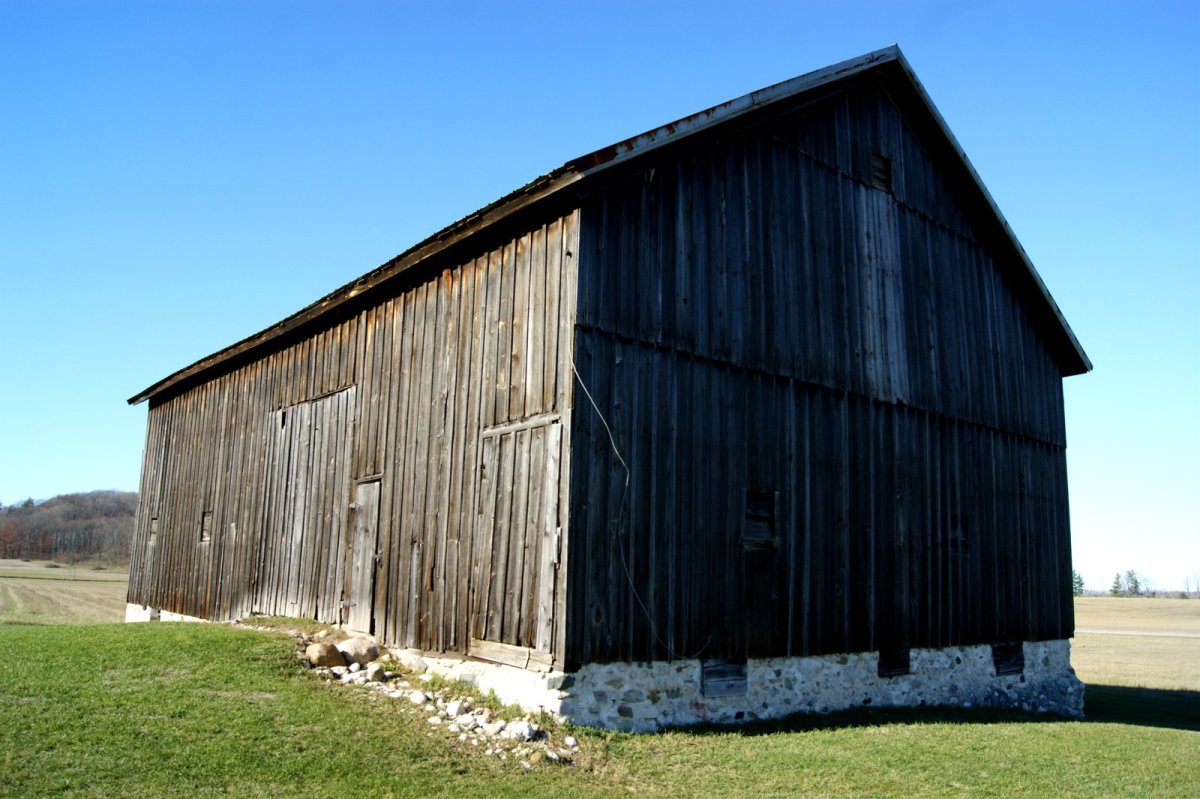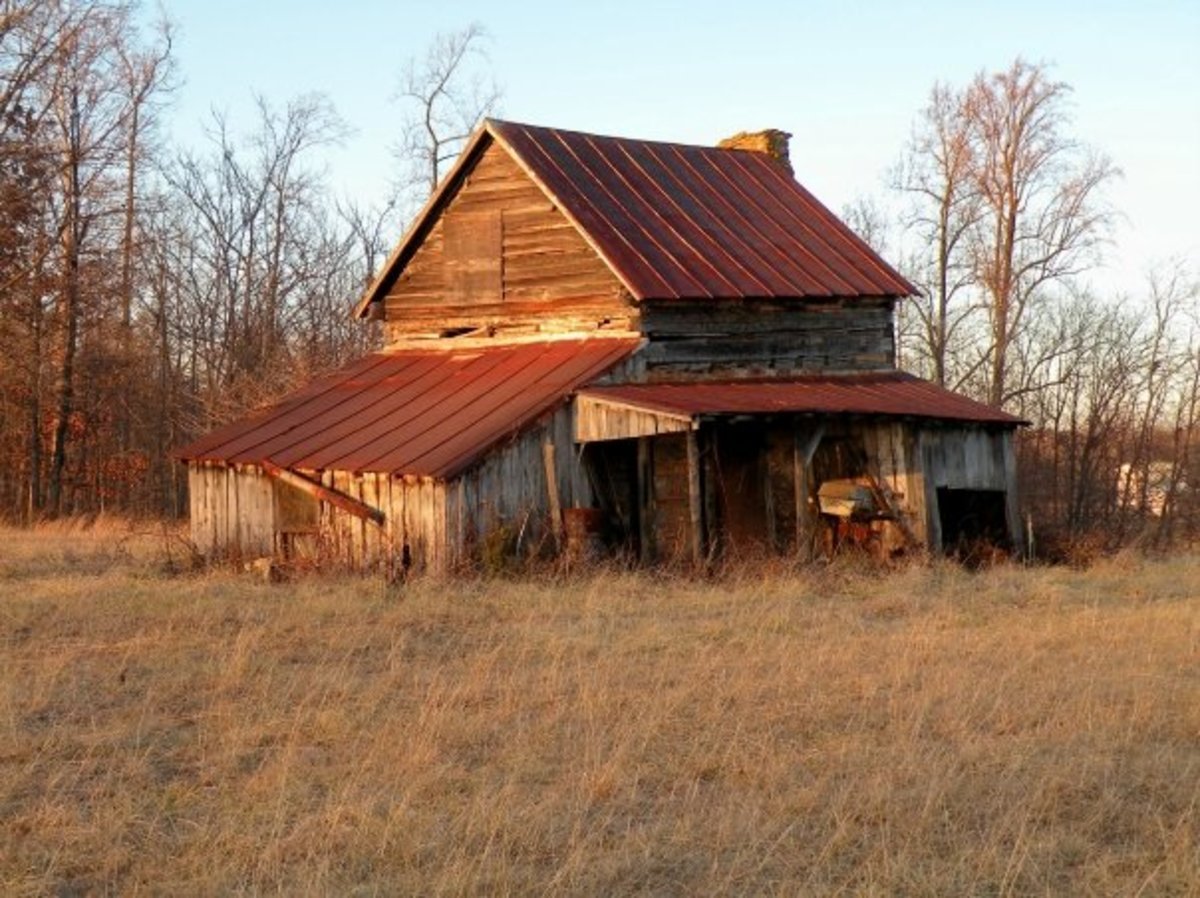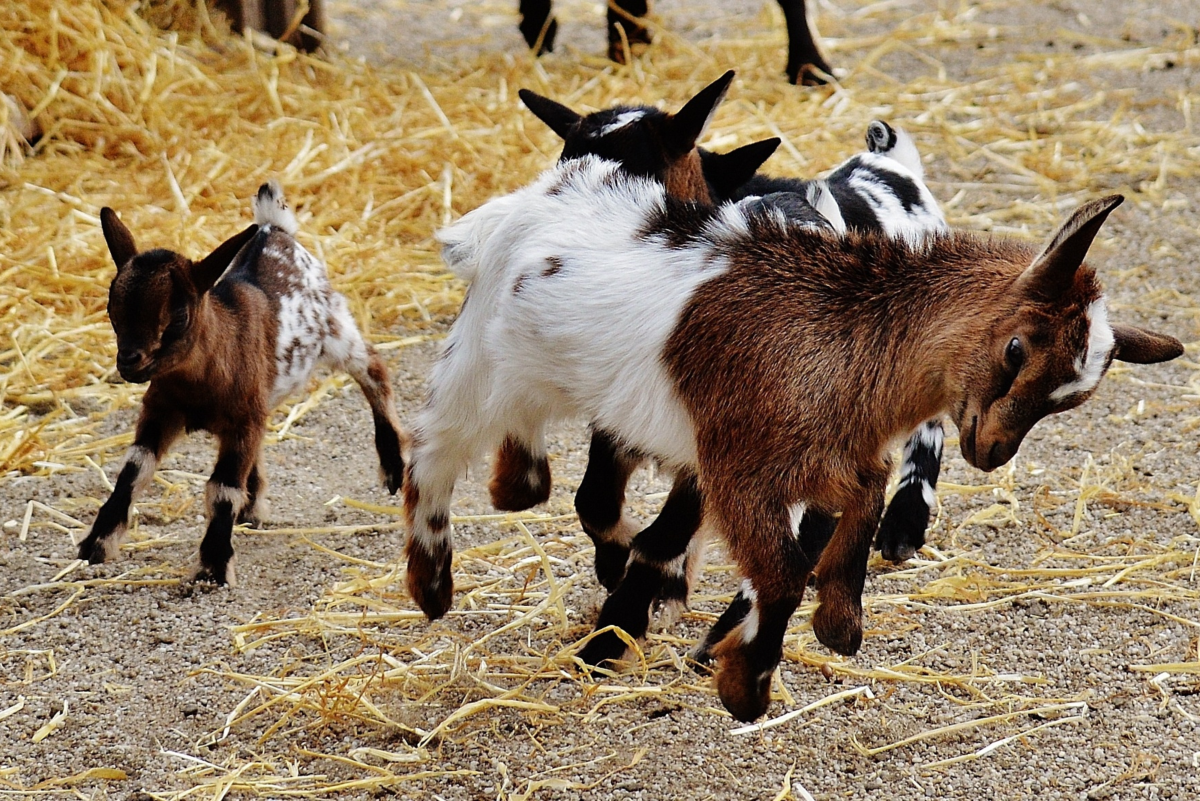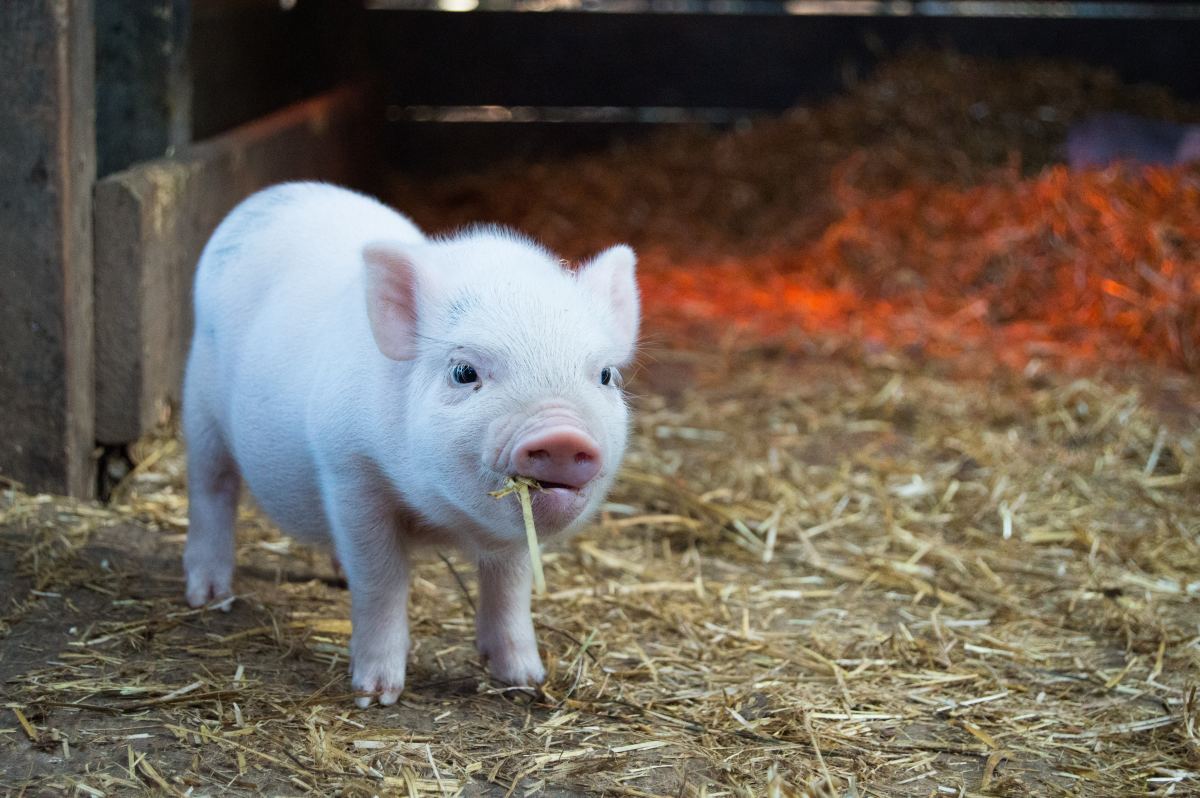A Little Barn Raising About Barns
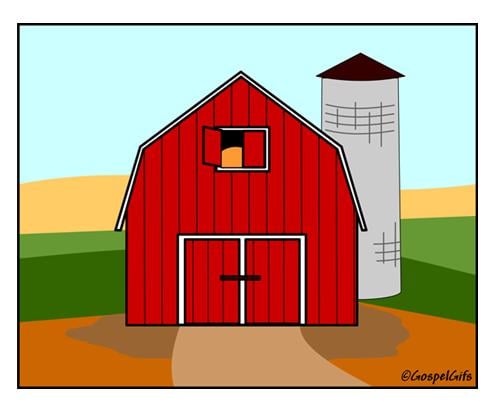
By Joan Whetzel
Everyone's seen those red painted farm buildings known as barns Originally these buildings were made of wood, because wood was the most readily available and most cost effective material for barn building. Nowadays they are often built of steel, which is far sturdier and more weather resistant.
Why Are Barns Pained Red?
Red has become the quintessential color for painting barns. These days, its mostly out of tradition, a nod to the old way of doing things. Originally, though, the red paint had a more practical reason for being applied to the side of barns.
In the olden days, there were no sealing products for exposed wood surfaces, like the side of a barn. So the elements took their toll, which meant that the planks - or even the whole barn - had to be replaced fairly often. Over time that could costly, not only in materials, but in the labor to repair and rebuild the barn. So farmers figured out a way to create their own paint with home grown ingredients that had sealant properties. The paint consisted of basic paint, to which was added: linseed oil to repel rain (turned the paint orange) and iron rust - obtained from rusting farm equipment - which kept the wood from rotting due to mold, moss, and fungus growth (turned the paint red).
Gambrel Roofs
Barns have a uniquely shaped roof called a gambrel roof, which originated on Dutch barns. The roofs have a beaked ridgeline (the center line of the roof) with a double slope on either side of the ridgeline. The first slope forms a shallow grade falling away from the ridgeline, and the second slope falls away steeply, to a nearly horizontal angle, from the first slope. This design provides more storage space for the second story of the barn than the typical A-frame roof would. This means the upper floor has more ceiling clearance and storage capacity. The main disadvantage is that it costs more in materials to build.
Uses for a Barn
Barns have a number of uses, among them they provide:
· a covered work space
· a place to store farm equipment and vehicles
· a place to store hay, grain, and feed for the animals
· a place for livestock pens
· a tack room for bridles and saddles
· a milk house to milk the cows
· an indoor corral for veterinary care of sick livestock
In addition, these buildings can be converted into houses. Provided, of course, that the original structure is in good condition to begin with.
Barn Idioms
These idioms are a bit cliché, but they can be kind of fun to reminisce over.
a) He couldn't hit the broad side of a barn. (Refers to a person who has lousy aim when shooting or throwing things.)
b) It's a bit like locking the barn door after the horse got loose. (Means that the solution to a problem was discovered too late to solve the problem.)
c) Were you raised in a barn? (An accusation issued to a person showing poor manners, or toward someone who can't remember to close a door as they enter or leave a room/building.)
d) Your barn door is open. (Used to let someone know that they forgot to close the zipper on their pants.
References
Duncan, Sandy. Farmer's Almanac Trivia. Why Are Barns Painted Red?
http://www.farmersalmanac.com/blog/2008/09/16/farmers-almanac-trivia-why-are-many-barns-red/
How Stuff Works. Why Are Barns Usually Painted Red?
http://home.howstuffworks.com/question635.htm
Advanced Storage Technology: The High-Arched ® Building
http://www.saltstorage.com/hi-arch-gambrel.html
Cal Finder: Gambrel Roofing
http://www.calfinder.com/library/roofing/arch/gambrel
Easy Rafters: Gambrel Roof'
http://www.easyrafters.com/gambrel.htm
The Barn Toolbox: Gambrel Barns---Dutch Style Barns
http://www.barntoolbox.com/gambrel-barns.htm
Roof 101: Gambrel Roof
http://www.roof101.com/gambrel-roof.php
This Old House: Roof Shapes---Gambrel
http://www.thisoldhouse.com/toh/photos/0,,1213138_1100935,00.html
Barn Plans: Gambrel Roof

